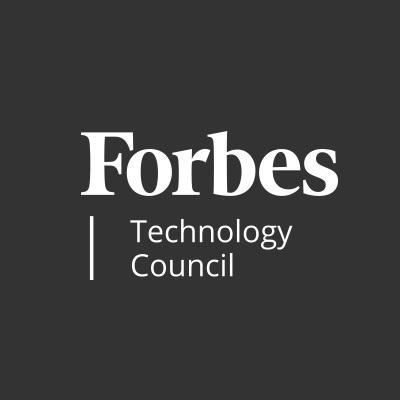Greg Pavlik, Senior Vice President and Chief Technology Officer, Oracle Cloud Platform.
There has been a lot of hype around the use of artificial intelligence (AI) across industries—so much hype, in fact, that it can be hard to separate truth from fiction. But healthcare is one area where the importance of this technology cannot be overstated.
AI and machine learning have already had a huge impact not only in scientific research but also in epidemiology, diagnostics and, importantly, in the mostly manual work that keeps labs, doctors’ offices, clinics and hospitals running.
Pinpointing Outbreaks In Advance
For example, the emergence of better AI algorithms, analyzing ever-larger volumes of publicly available data, is already helping epidemiologists track the outbreak and progression of infectious diseases. Researchers are using internet search queries on common symptoms correlated with geographical data to predict the outbreak of the flu and other diseases in different areas.
The advantage is time. People know they are ill before they call a doctor. Many try to self-diagnose using the internet before seeking professional help. If epidemiologists see a spike in searches on keywords such as “sore throat” or “difficulty swallowing” coming from IP addresses in a given ZIP code, they can use machine learning models to predict with a high probability the outbreak of the flu in that area.
Government health agencies also use public data and population mapping to track crowd densities by location and parse that data to project the risk of future outbreaks. For example, health agencies in Europe, Israel, China and elsewhere use anonymized cell phone traffic density data to collect user location and then run machine learning models to predict how many people visit given locations on a given day. If the total gets too high for pandemic conditions, venues can start limiting attendance, cutting visiting hours or even shutting down.
Using this process, the agency can track the possible spread of disease. If a dozen exposed people in Museum A later move on to Restaurant C, the government could give the restaurant a heads up that the chances of an outbreak there just got higher.
Fine-Tuning Treatment
AI can also help people with long-term or life-long conditions function better. For example, machine learning models can analyze data coming from cochlear implant sensors to provide the subjects with feedback on what they sound like so they can communicate better with the hearing world. AI technology can also help doctors plan treatments to fit a patient’s specific needs.

Finding The Needle In The Haystack
AI-based computer vision, unlike the human eye, can scan and process thousands of images to detect patterns in relatively short periods of time. This technology can be a huge advantage in medical diagnostics where overworked radiologists cannot catch every nuance of one scan after viewing hundreds of others. In applications like these, AI assists human experts by prioritizing images that are most likely to indicate a problem.
Speeding Up The Paperwork
While helping identify and treat diseases is vital, AI is also invaluable in what some might call the mundane reality of office work. AI-based speech recognition systems let doctors and researchers dictate their notes and fill in forms verbally, freeing up time otherwise spent at a keyboard for more important patient care.
By automating the filling out of forms, AI can speed important processes and catch mistakes before they become pricey. Companies with domain expertise in medical coding help care organizations check for errors early in the workflow.
As noted, AI can make human experts more productive by reading scans faster and automating data input. By taking such busy work off their plates, AI enables healthcare professionals to spend more time actually interacting with patients. Most caregivers will say that such person-to-person contact is the single most important diagnostic tool at their disposal.
For example, if a code for a condition that typically costs $5,000 to $7,000 to treat is assigned an estimate of $40,000, that’s an immediate red flag to check for fraud or plain old human error. Based on historical data, the system knows if an estimate falls within normal parameters. This isn’t just good for insurance companies, everyone benefits if claim approvals take 20 minutes instead of 20 days and contain fewer mistakes.
Some Caveats
For executives at healthcare companies, the potential advantages of AI are clear—faster, more accurate diagnoses and reduced error rates in claim processing. But they must also understand that none of this powerful technology replaces human experience.
Business leaders must also note that bias can creep into AI algorithms based on historical attitudes and data sets and put guardrails in place to correct that issue. For instance, there has been historical bias about how different segments of the population are diagnosed and/or treated for medical conditions. Preventive measures include, yes, the use of software developed specifically to watch for such bias, but it’s also incumbent on healthcare providers to incorporate data scientists, managers and clinicians with diverse backgrounds and perspectives, according to experts at the Harvard T.H. Chan School of Public Health.
We’re at the point in the traditional hype cycle when some might start to doubt the efficacy of this technology. I would argue to the contrary—that AI’s ability to improve healthcare will soon live up to the hype.
Forbes Technology Council is an invitation-only community for world-class CIOs, CTOs and technology executives. Do I qualify?









